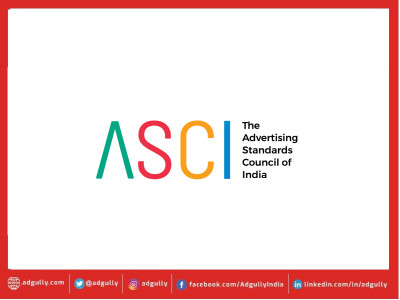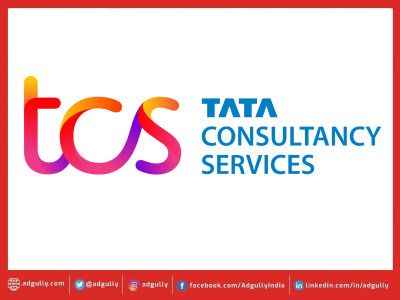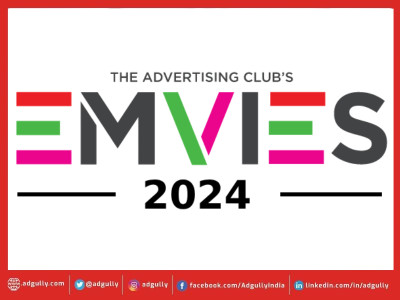Mobile is the main driver of global ad-spend growth; ZO study
The rise of mobile advertising and social media, and the transition to programmatic buying of digital display, will help the global advertising market grow 5%-6% a year over the next three years. According to ZenithOptimedia’s new Advertising Expenditure Forecasts, global adspend will grow 4.9% to reach US$545 billion in 2015. The global economy is expected to improve (the IMF predicts 3.8% global GDP growth in 2015, up from 3.3% in 2014), but advertising faces a tough year-on-year comparison after the Winter Olympics, World Cup and US mid-term elections in 2014. Adspend growth will therefore be slightly below 2014’s 5.1%.
2016 will be a quadrennial year – with the Summer Olympics, US Presidential elections and the UEFA European Football Championship – and we expect these events to propel adspend to 5.6% growth that year, before it slips back to 5.2% in 2017 in their absence.
Transition to mobile plays to the strengths of social
Mobile is by some distance the main driver of global adspend growth, and we forecast it to account for 51% of all new advertising dollars between 2014 and 2017. We expect mobile advertising to grow by an average of 38% a year between 2014 and 2017, driven by the rapid spread of devices, innovations in ad technology and improvements in user experiences.
However, mobile’s share of adspend remains well behind its share of media consumption. Mobile will account for 6.2% of all adspend in the US this year, while eMarketer estimates it will occupy 23.3% of media consumption time. This is partly because a lot of conventional display advertising does not work well on mobile. Compared to desktop display, mobile banners take up more screen space, are considered more intrusive, and are more likely to annoy consumers than engage them. Because mobiles don’t accept cookies, retargeting and tracking from the ad to the purchase is usually impossible.
There’s one area, though, where digital display has proved very successful on mobile, and that’s social media. Facebook and Twitter have rapidly restructured their operations for mobile consumption and advertising, and between them are on track to capture 33% of all mobile adspend in 2014. This is well above their 10% share of all digital adspend. Their ads are designed to blend seamlessly into the content feed - they look native rather than intrusive. They can track all their users’ media consumption within their apps, and can tie that into their desktop activity through their login details. Social media provides a great example of how to adapt to mobile.
Transition to programmatic has given a sharp boost to traditional display
Agencies are swiftly adopting programmatic buying, which allows them to target display ads accurately and efficiently. The technology has recently evolved to deliver better premium, brand-building experiences. This has provided a sharp boost to ‘traditional’ digital display, as well as video and social. Growth in traditional display leapt from 14% in 2012 to 18% in 2013, and we estimate it at 26% in 2014, its fastest rate of growth since 2007.
Around half of all display is bought directly by advertisers, most of them small local companies spending only a few thousand dollars a year. These currently have little access to the programmatic marketplace. Most programmatic technology has been designed for large-scale campaigns, and while a few companies are trying to adapt programmatic buying for small businesses, these attempts are at early stages. As technology evolves to bring the advantages of programmatic buying to small businesses we can expect another boost to traditional display spending.
Eurozone slowly improving – periphery growing again – held back by the core
Global adspend growth is being restrained by weakness in Japan and the Eurozone. Japan’s seemingly intractable economic problems limit its ad market to 2% to 3% annual growth, and we don’t expect it to improve over our forecast period. The Eurozone, however, is poised to end 2014 with its first year of growth since 2010, with further improvement likely over the next few years.
Adspend across the Eurozone fell by 15% between 2007 and 2013. The worst hit markets were at the periphery – Greece, Portugal, Spain and Ireland lost 49% of their adspend over this period – France and Germany held their ground, shrinking by just 3%.
However, Greece, Portugal, Spain and Ireland all began to make strong recoveries in 2014, and over the next few years we expect them to substantially outperform the Eurozone average, growing at 5.4% a year through to 2017. Their recovery will help Eurozone adspend grow 0.8% in 2014, a substantial improvement on its 2.9% decline in 2013. Meanwhile the core economies of France, Germany and Italy (which together account for about two thirds of the Eurozone economy) are stagnating. We forecast adspend in France to shrink at an average rate of 0.3% a year between 2014 and 2017, while Germany grows by just 1.3% and Italy by 1.5%, below the Eurozone average of 2.0%.
Falling oil prices exacerbate conflict in Russia and Ukraine
The Ukraine crisis has disrupted advertising in Eastern Europe. Russia has had trading sanctions imposed on it, and has retaliated with its own. International investors have withdrawn their capital, and the government has imposed restrictions on foreign involvement in the economy. This has coincided with a sharp drop in the price of oil, Russia’s main export. After many years of double-digit adspend growth, Russia’s ad market is forecast to grow just 1.8% this year and 1.1% in 2015, followed by 4.6% growth in 2016 and 9.2% in 2017.
The crisis has unsurprisingly had a much greater effect in Ukraine, where violence has disrupted distribution chains and frightened away foreign investors, including big advertisers. We expect adspend in Ukraine to fall 49% this year and 10% in 2015, followed by 6% recovery in 2016 and 2017 from a greatly reduced base.
“Mobile technology is creating new opportunities for brands to build relationships with consumers, while programmatic buying is making brand communication cheaper and more effective. Social media provides a strong example of how to advertise effectively on mobile platforms, and we expect mobile marketing to develop further as other media learn from this example,” said Steve King, ZenithOptimedia’s CEO, Worldwide.
India Commentary – Insights & Trends
It has been just over six months of the newly elected government led by Prime Minister Narendra Modi. The new government seems to have captured the collective consciousness of the country. Falling food prices as well as oil prices have contributed to a reduction in the Consumer Price Inflation to a historic low of 5.52% in October. IMF and World Bank have forecast an identical 6.4% growth in 2015, up from 5.6% in 2014. The stock market index has crossed 28000, up from 20000 in November 2013.
We enter 2015 with a strongly positive consumer and business sentiment, albeit recognising that consistent on-ground delivery and reforms will be needed to keep this sentiment up. Hence, cautious optimism, though with way more optimism than same time last year, is still the right expression.
We expect consumption to continue picking up, with passenger car and utility vehicle sales turning positive, credit card spending on the rise, loans for durables growing. From an ad-expenditure point of view, FMCGs will continue their dominance but given the weak monsoons, some categories might stay flat or have slow growth. High growth is expected from Telecom, e-commerce, Mobile phones, Cars and two wheelers, retail, realty and the BFSI sector. 2015 will also be the year of ICC Cricket World Cup, which will also be a trigger to growth in ad expenditure.
The new TV measurement system is scheduled to launch in 2015, as is the much-awaited Phase III expansion of FM Radio. Regional media, across Print, TV and all other media continues to drive growth in media consumption. With internet base increasing to 250Mn, smartphone ownership expected to reach 200 Mn by 2014 end, and the country awaiting the launch of 4G services by telecom operators, Online and Mobile will continue to see the maximum growth rate. Digital advertising however, has become dearer as the Government decided to re-impose service tax this.
Given these factors ZenithOptimedia expects the ad-ex to grow by 12% to INR 40,307 crores, at an overall level in 2015, as against 10.7% in 2014 (over 2013). This growth will be primarily fuelled by Print at 12%, TV at 10% and online and mobile at 25%. Other media are expected to grow between 5 - 10%.
















Share
Facebook
YouTube
Tweet
Twitter
LinkedIn